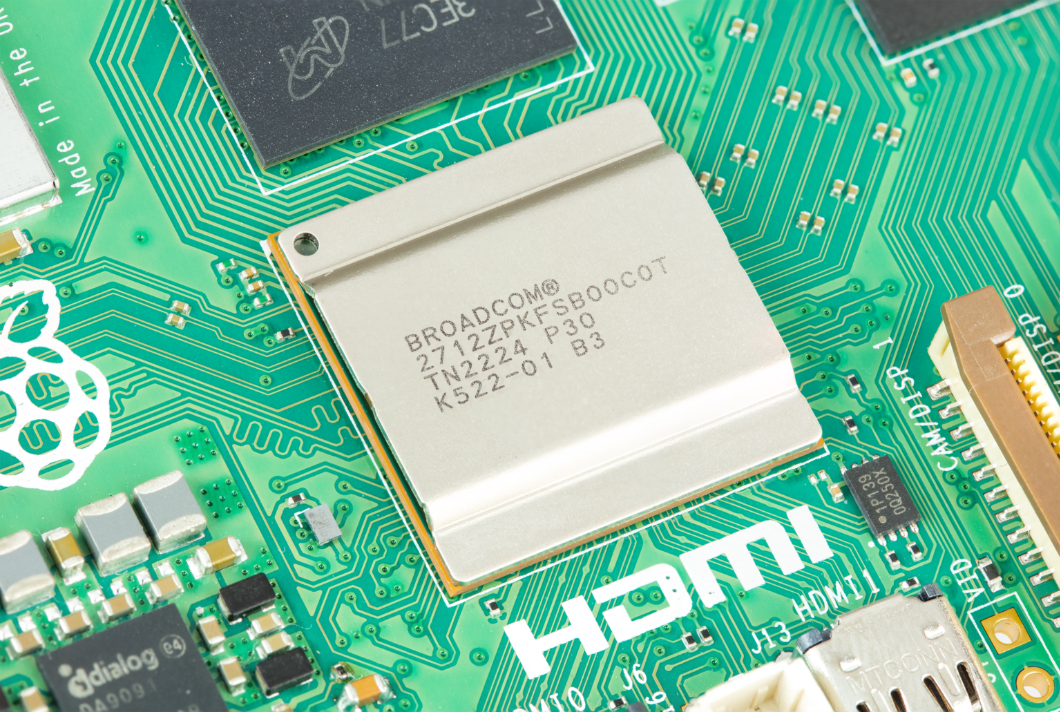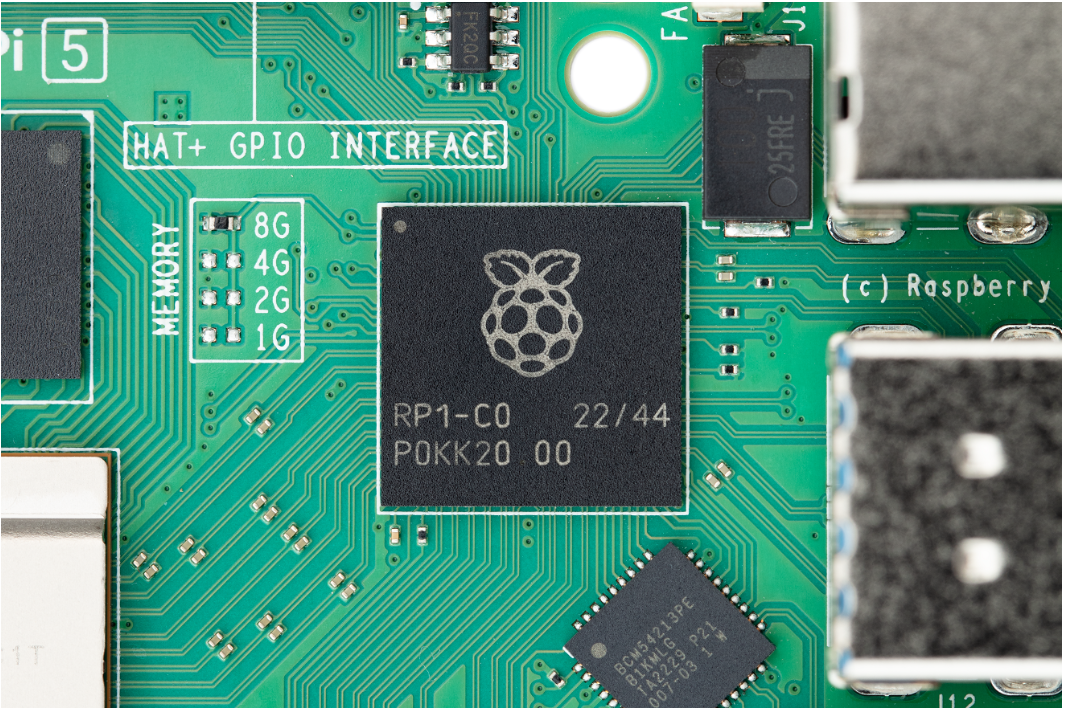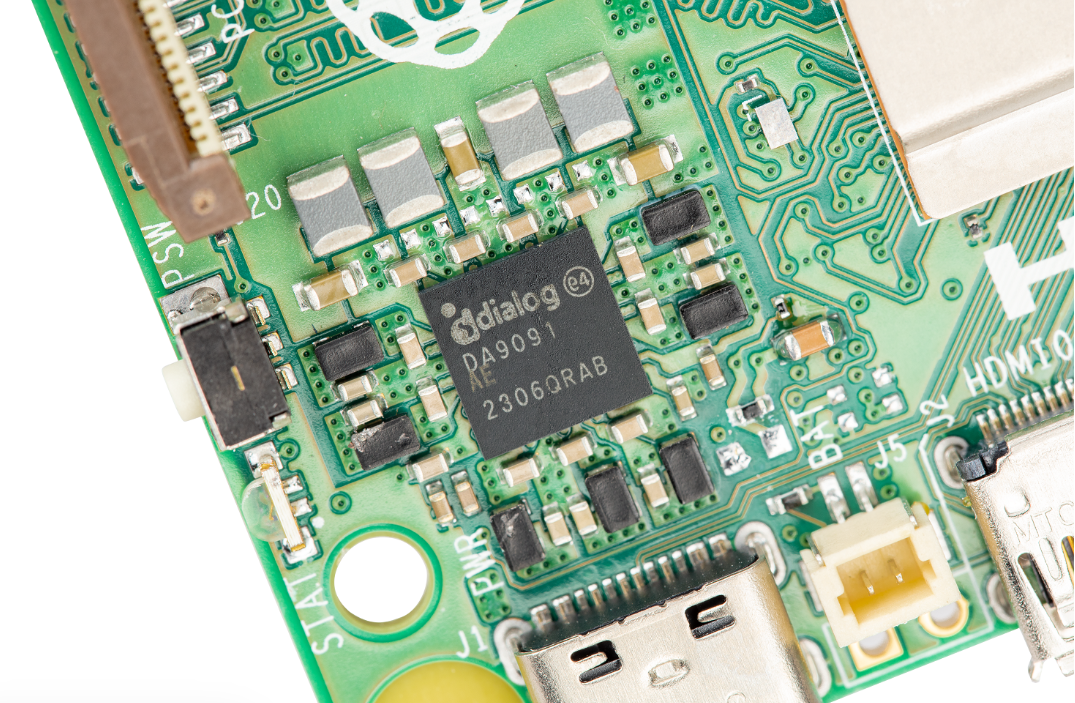Four years after the release of the Raspberry Pi 4, the Raspberry Pi Company has announced that the Raspberry Pi 5 will launch at the end of October. Previously, Raspberry Pi CEO Eben Upton said in an interview that Raspberry Pi may not release Raspberry Pi 5 in 2023 due to the continued supply chain recovery.
According to the introduction, the Raspberry Pi 5 4GB model is priced at $60, and the 8GB version is priced at $80. Compared to the Raspberry Pi 4, the Raspberry Pi 5 offers two to three times better CPU and GPU performance; approximately twice the memory and I/O bandwidth; and is the first Raspberry Pi computer to feature a chip designed in-house in Cambridge, UK.

Key features include:
- 2.4GHz quad-core 64-bit Arm Cortex-A76 CPU
- VideoCore VII GPU,support OpenGL ES 3.1、Vulkan 1.2
- Dual 4Kp60 HDMI display outputs
- 4Kp60 HEVC decoder
- Dual-band 802.11ac Wi-Fi
- Bluetooth 5.0 / Bluetooth Low Energy (BLE)
- High-speed microSD card interface supporting SDR104 mode
- 2 USB 3.0 ports, supporting 5Gbps simultaneous operation
- 2 USB 2.0 ports
- Gigabit Ethernet with PoE+ support (requires separate PoE+ HAT, coming soon)
- 2 × 4-lane MIPI camera/display transceiver
- PCIe 2.0 x1 interface for fast peripherals
- Raspberry Pi standard 40-pin GPIO connector
- Real-time clock
- power button
New platform, new chipset
The three new chips are designed specifically for Raspberry Pi 5 programming.
BCM2712
The BCM2712 is Broadcom's new 16nm applications processor (AP) derived from the 28nm BCM2711 AP that powers the Raspberry Pi 4 and features numerous architectural enhancements.

RP1
RP1 is an I/O controller for the Raspberry Pi 5. It is designed by the same team that provides the RP2040 microcontroller for Raspberry Pi, and like the RP2040, is implemented on TSMC's mature 40LP process. RP1 has been in development since 2016 and is the longest-running, most complex, and (at $15 million) most expensive project ever undertaken on the Raspberry Pi.

DA9091
The BCM2712 and RP1 are supported by the third new component of the chipset, the Renesas DA9091 "Gilmour" power-management IC (PMIC). It integrates eight independent switch-mode power supplies to generate the various voltages required by the board, including a four-phase core supply capable of delivering 20 amps to power the Cortex-A76 cores and other digital logic in the BCM2712 . Like the BCM2712, the DA9091 is the result of many years of joint development.

Shape evolution
Visually, the Raspberry Pi 5 is very similar to its predecessor. However, while retaining the overall credit card-sized dimensions, the team also took the opportunity to update some design elements to accommodate the capabilities of the new chipset.

More details can be found in the official announcement .